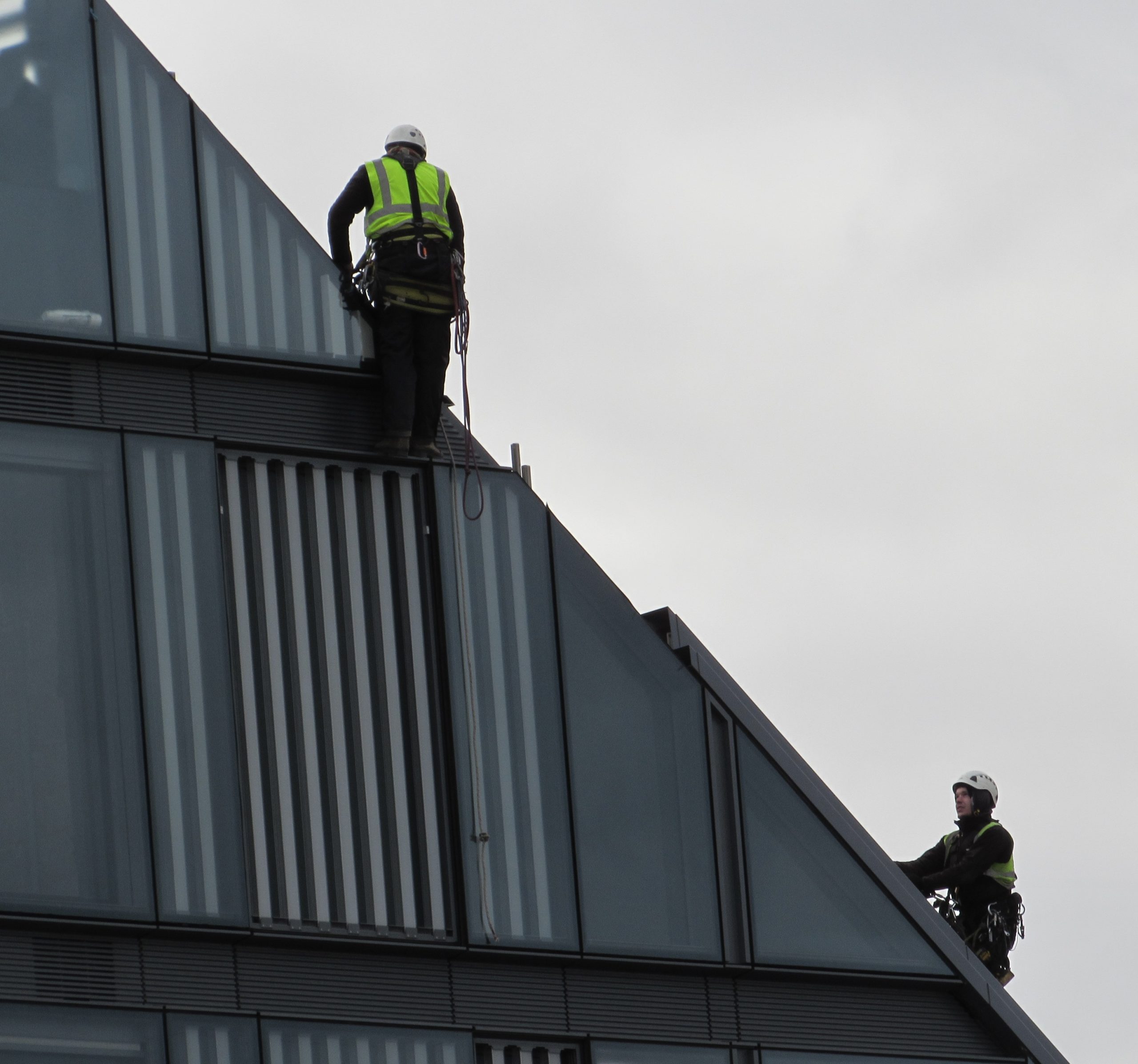
Men’s Health Week 2025 takes place from 9th to 15th June and shines a spotlight on the unique health challenges men face. This year’s theme, “Shoulder-to-Shoulder: Connecting for Health,” encourages men to support each other, seek preventive care, and speak openly about physical and mental well-being.
While general health awareness is crucial, it’s just as vital to address occupational health, especially for men working in high-risk environments like construction, window cleaning, or telecommunications. For many of these roles, working at height is part of daily life, and so are the risks that come with it.
This Men’s Health Week, employers have a unique opportunity to reinforce a culture of care. Here’s how you can get involved:
When it comes to high-risk environments, prevention is more than a health tip, it’s a lifeline. According to the Working at Height Regulations 2005, employers are legally responsible for protecting their workforce from falls and related injuries. And given that men account for the vast majority of serious injuries and fatalities in height-related incidents, this is a men’s health issue as much as a safety one.
A robust, up-to-date risk assessment is the foundation of any effective safety strategy. It should address:
Familiar workplace hazards – such as unsecured tools, exposed edges, or cluttered walkways – can become deadly at height. Employers and supervisors should leverage years of practical experience to spot and document these threats.
The HSE stresses the term “reasonable” throughout its guidelines: you’re not expected to predict the impossible, but you are expected to address foreseeable and preventable risks.
Men working at height are often exposed to physical dangers, but psychological strain also plays a role. Long hours, high pressure, and physically demanding tasks can impact mental well-being. Risk assessments should account for both immediate physical harm and the longer-term toll on workers’ health.
For example, mechanical engineers face different risks than construction workers on scaffolding, but both require clear safety protocols, from PPE to access control.
Environmental factors like unstable ground or extreme weather can increase hazards. A thoughtful assessment considers these external risks and introduces countermeasures like reinforced scaffolding or schedule adjustments to reduce danger.
Experienced safety inspectors play a crucial role here. Their insight ensures risks aren’t just identified, but solved.
Documentation isn’t red tape—it’s a safety net. Recording risk assessments protects your team and your business. Make sure every measure taken is backed up by detailed notes: who performed the assessment, what steps were taken, and what gear was inspected or upgraded.
For workers and supervisors, clarity is critical. A well-organised safety document is more than a checklist—it’s a shared commitment to health.
As work progresses, so do risks. Periodic reviews of your safety plan keep your strategy responsive and relevant. Even minor changes to the job site can affect safety conditions. Updating your assessment shows your team you’re paying attention and you care.
Investing in training and ongoing development is another way to show workers they matter, not just during Men’s Health Week, but every day. Courses like the Leading Edge PPE Training or Level 2 Managers Course help supervisors and safety leads sharpen their awareness, improve response times, and stay aligned with evolving safety standards.
Men’s Health Week 2025 is about connection, conversation, and care. Employers in high-risk industries have a critical role to play in protecting the men who keep our cities running from rooftops to scaffolds to tower cranes.
This June, let’s stand shoulder-to-shoulder and commit to safer workplaces, healthier habits, and a culture where asking for help is not a weakness, but a sign of strength.
Copyright 2025 Leading Edge Safety. Devloped by Czargroup Technologies
